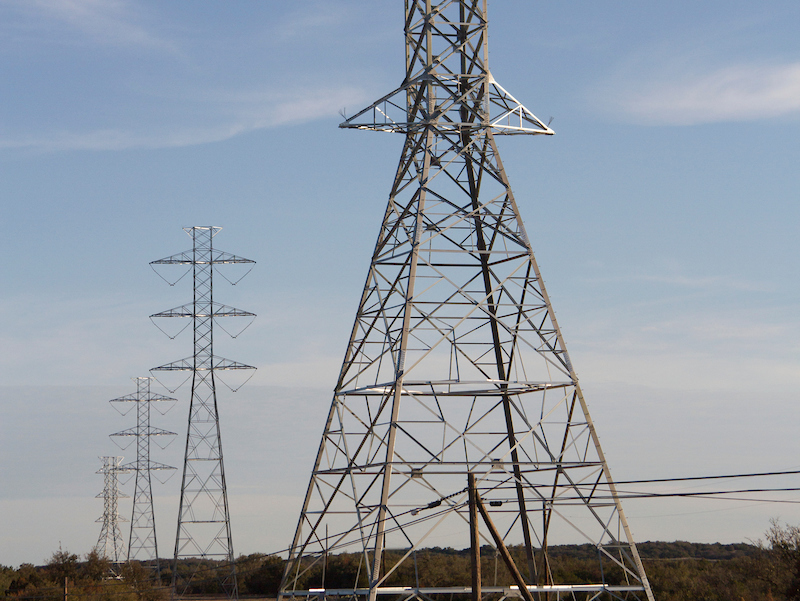
It is unusual when a diverse group of stakeholders that includes the Sierra Club, Texas Industrial Energy Consumers, Texas Public Policy Foundation, the Steering Committee of Cities Served by Oncor, and Public Citizen agree on anything, but in this case, they do. They agree that a proposal being promoted by generators that could boost electricity prices as much as $4 billion per year should be rejected by the three commissioners who run the Public Utility Commission of Texas.
First some background. A few years ago the PUC rejected a plan to create a “capacity” market in Texas that was also being promoted by major electric generation companies to boost their profits. While this was a clear victory for consumers, the PUC also set the stage for the current proposal by creating a “price-adder” that would kick in when operating reserves get tight. Known as the Operating Reserve Demand Curve (ORDC), the price-adder is usually zero, but can rise when operating reserves in the market begin to get close to 2,000 megawatts.
So far, the PUC commissioners have done the right thing this year by avoiding the political pressure to make any further changes to our successful energy-only market. Instead, they argued, let’s wait and see how our market performs during a summer when reserve margins tighten due in part to the retirement of three large coal plants, and temperatures -- at least in July -- soared.
The results are in. The PUC, ERCOT - our independent electric grid operator, and the third-party Independent Market Monitor have found that the market worked well, even with tighter reserves. We had no brownouts or blackouts and ERCOT never had to call on the out-of-market mechanisms known as Emergency Response Services, only called during an Emergency Action Alert.
Additionally, real-time energy prices did rise as expected. Thus, compared to 2017, average real-time settlement prices were 53% higher in July and 34% higher in August. Moreover, there were 260 intervals in July and August where the ORDC exceeded $100/MWh. The average ORDC was $5.50/MWh in July and $4/MWh in August.
So since generators made more money in the real-time market, what’s the problem? The problem is they argue that real-time prices are not high enough to justify new investments. Instead, they say, we must boost the ORDC by shifting the curve by a factor of between 0.5 and 2.0 standard deviations. At the 2.0 shift, the proponents estimate it could generate an additional $4 billion in revenues, but even a 0.5 standard deviation could boost prices by $500 million per year.
Who is promoting this? Generators that own coal, nuclear, natural gas, wind, and solar facilities. In other words, this is not about fossil fuels versus renewable companies, but most big generators trying to convince the commissioners that without another price boost, the lights will go out.
The truth is that the real-time market is just one form of revenue for generators, who can also make money through bilateral contracts, longer-term power-purchase-agreements, the day ahead market and by providing ancillary services. While it is true that some generators are facing tough times with ERCOT’s relatively low electricity prices, technology is changing and older and less efficient plants at some point will and should retire. And further retirements will shrink our reserves, which in turn will boost prices and lead to more investments.
As an example, ERCOT just predicted that our reserve margin will be only slightly above 8 percent next summer, so we can expect generators to enjoy higher prices next summer, which should incentivize more investments in Texas. We need to allow the market to work, not boost prices just to keep current plants on-line.
Photo: Al Braden Photography
Moreover, it is also true that energy consumers are becoming much more sophisticated, investing in more efficient air conditioners and smart energy management systems, or even investing in their own self-generation. Thus, the PUC should work with ERCOT to improve our market transparency so efforts to lower peak demand through demand response become part of our market.
Artificially boosting prices is not the answer. The PUC commissioners took the right first step recently by delaying consideration of the generator proposal. They should go further and reject it. Otherwise, electricity consumers -- large and small -- will face the burden that will also slow down our economic growth.